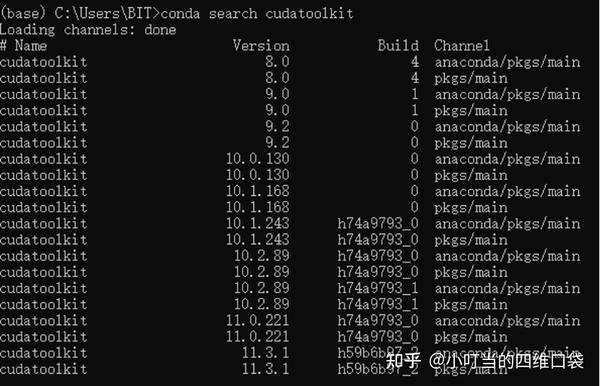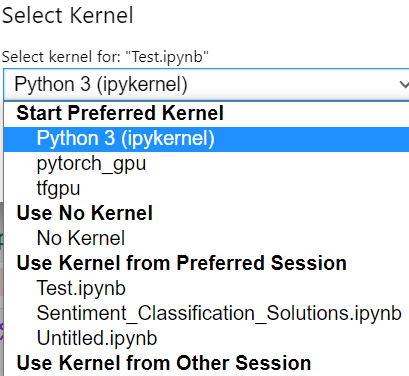

- #Cudatoolkit conda how to#
- #Cudatoolkit conda install#
- #Cudatoolkit conda serial#
- #Cudatoolkit conda update#
- #Cudatoolkit conda software#
As such, CUDA can be incrementally applied to existing applications.
#Cudatoolkit conda serial#
Serial portions of applications are run on the CPU, and parallel portions are offloaded to the GPU. Support heterogeneous computation where applications use both the CPU and GPU. With CUDA C/C++, programmers can focus on the task of parallelization of the algorithms rather than spending time on their implementation. Provide a small set of extensions to standard programming languages, like C, that enable a straightforward implementation of parallel algorithms.

It enables dramatic increases in computing performance by harnessing the power of the graphics processing unit (GPU).ĬUDA was developed with several design goals in mind: Introduction ĬUDA ® is a parallel computing platform and programming model invented by NVIDIA ®. Use the recommended backup practice instead.The installation instructions for the CUDA Toolkit on Linux. Neither of the pre-set locations has an automatic backup. Localscratch: single point of failure because it is just one disk but faster startup times as it is a local disk Netscratch: fail-safe because it resides on a RAID but slower startup times as it is a network share The difference between the two pre-set installation locations is:
#Cudatoolkit conda install#
The purpose of the install scripts' options is to store data according to its importance and prevent using up your quota. When the script ends it prints out information about the installation, commands to initialize conda immediately or every time you log in and a command to completely remove your conda installation.Ĭhoose your preferred method of initializing conda as recommended by the script and note down the deletion command. Then run the script again with the option of your choosing to start the installation. install_conda.shĪnd run the script to show options for choosing storage locations by issuing. Save this script as install_conda.sh, make it executable with chmod +x. #!/bin/bash SPACE_MINIMUM_REQUIRED= '5' if [[ -z " $ /.conda " To provide conda, the minimal anaconda distribution miniconda can be installed and configured for the D-ITET infrastructure with the following bash script:
#Cudatoolkit conda software#
The infrastructure is driven by the conda packet manager which accesses the Anaconda repositories to install software.Īfter familiarizing yourself with conda, read this collection of hints and explanations about available platforms on which to use your infrastructure and particularities of the software packages involved. Some examples for software installation in the field of data sciences are provided.
#Cudatoolkit conda how to#
This page shows how to set up a personal python development infrastructure, how to use it, how to maintain it and make backups of your project environments.

Setting up a personal python development infrastructure
#Cudatoolkit conda update#

Install the package named "package1" in the active environment.Search for packages with "pack" in their name.Listing, adding and removing environment variables in an environment.Create the environment "my_env" in the specified location.Recreate a previously exported environment.Export the environment "my_env" to the definition file "my_env.yml" for a different platform.Export the environment "my_env" to the definition file "my_env.yml" for an identical platform.Create a cloned environment named "cloned_env" from "original_env".Activate the environment called "my_env".Create an environment called "my_env" with packages "package1" and "package2" installed.tensorflow and CUDA toolkit 11 to run on GPU nodes.tensorflow and CUDA toolkit 10 for a managed client.pytorch and CUDA toolkit 11 to run on GPU nodes.pytorch and CUDA toolkit 10 for a managed client.Creating pytorch/tensorflow environments.Creating an environment with a specific python version.Setting up a personal python development infrastructure.


 0 kommentar(er)
0 kommentar(er)
